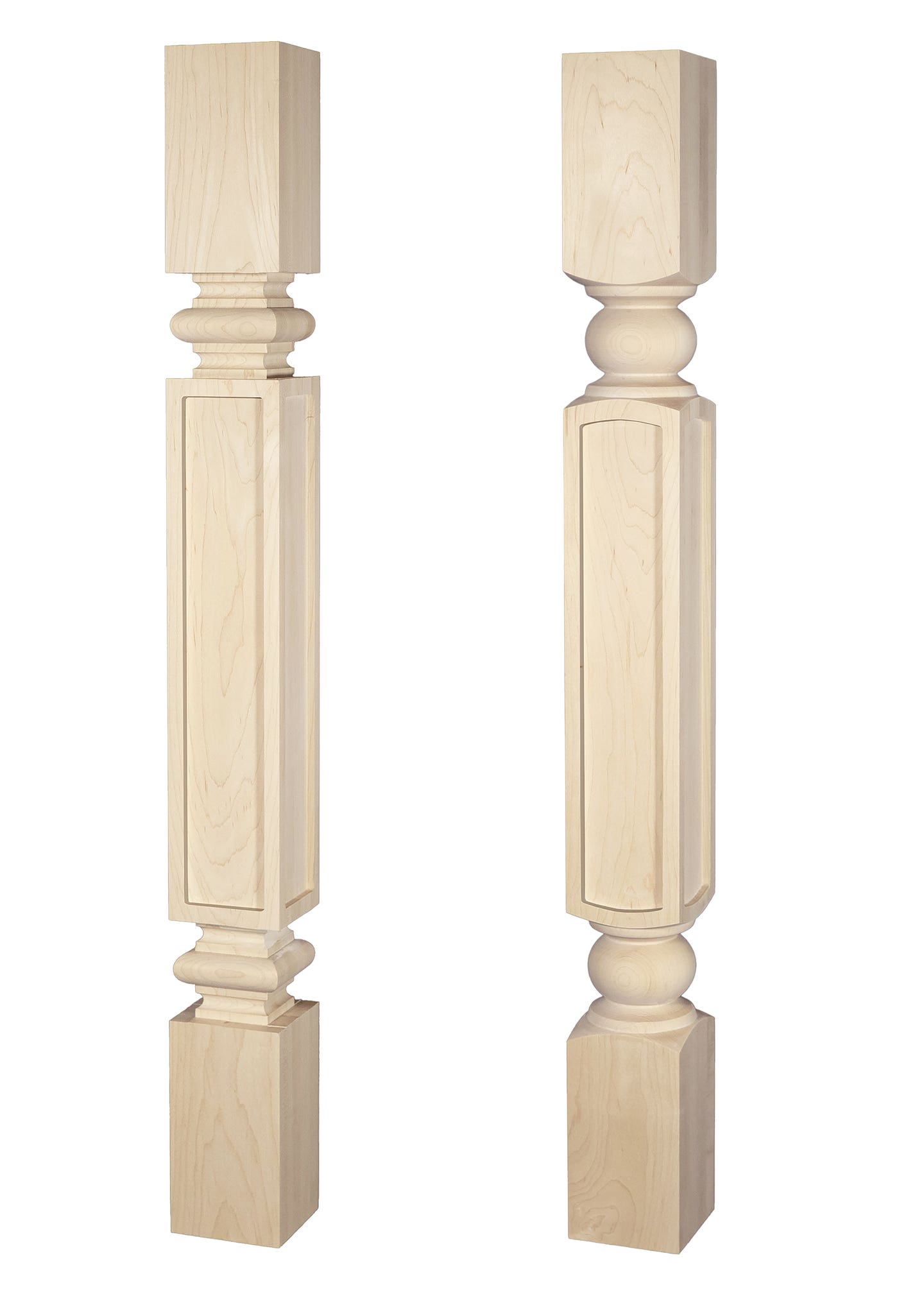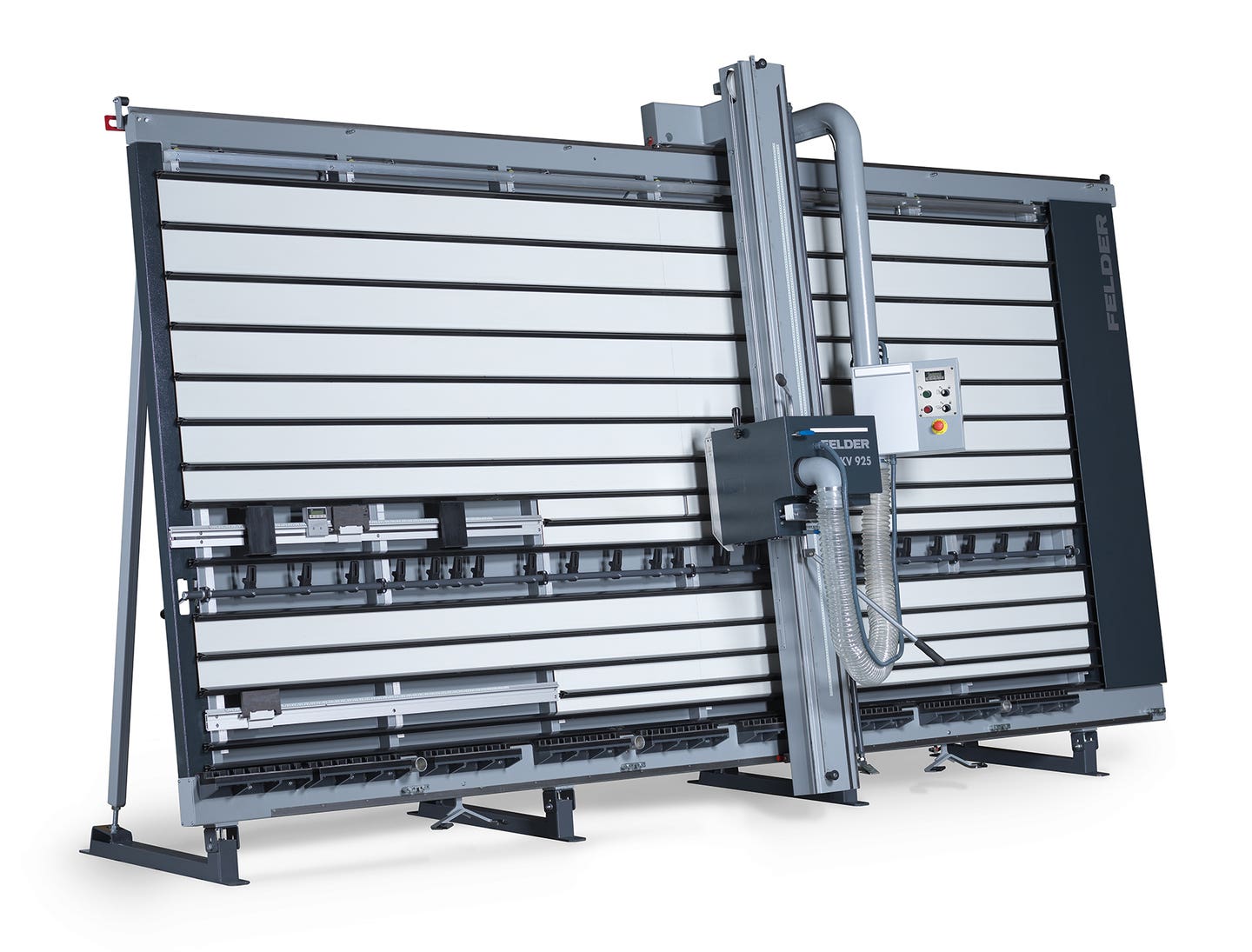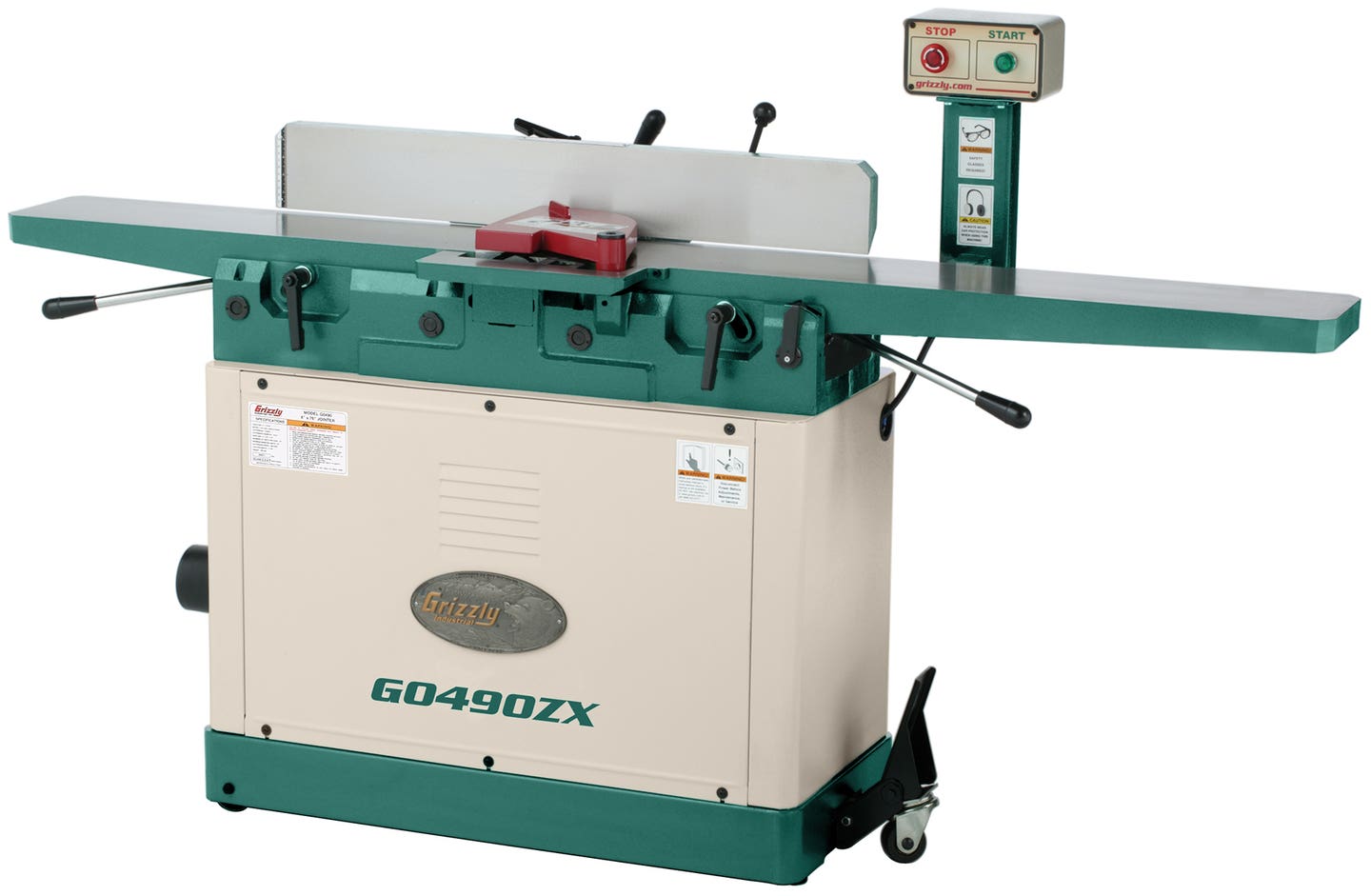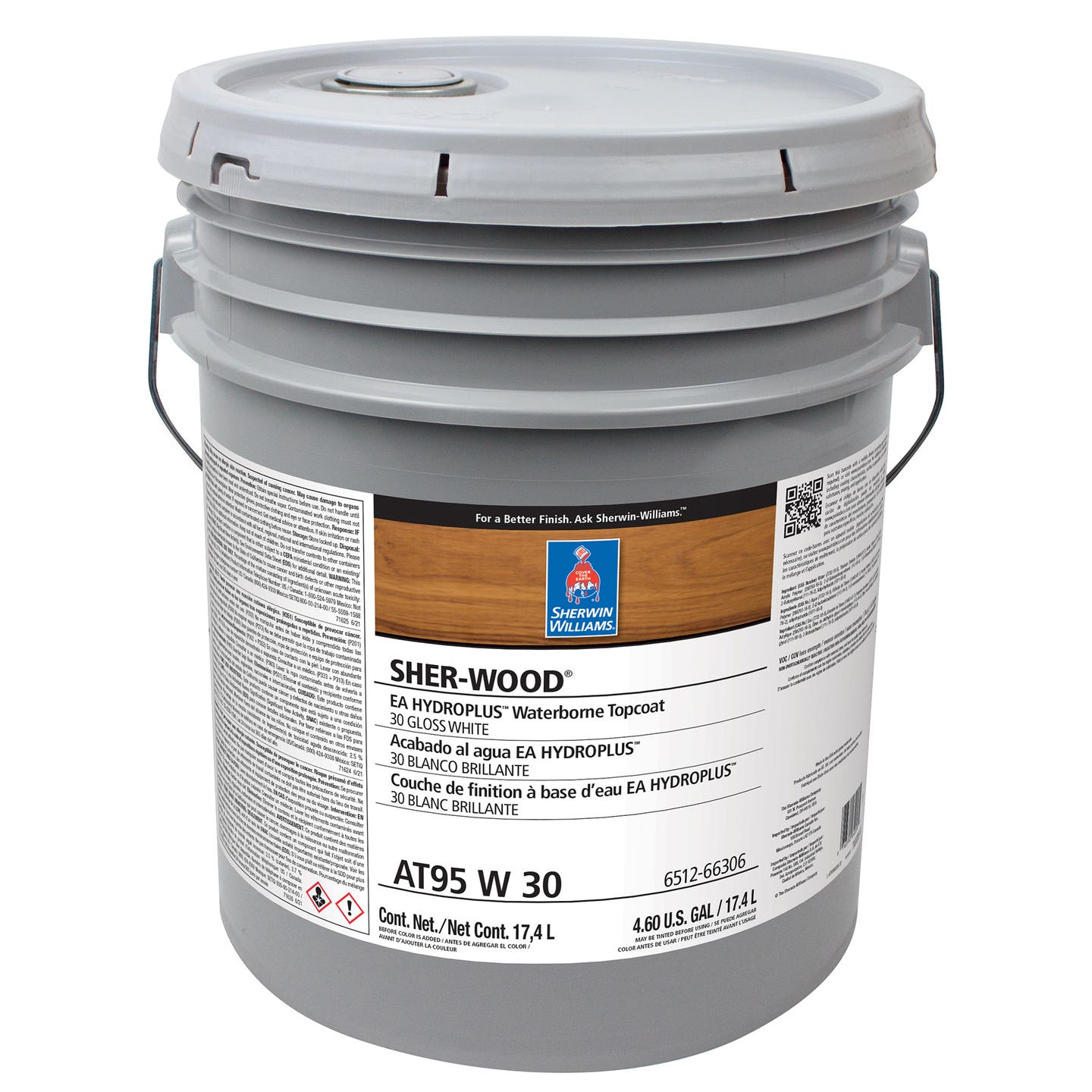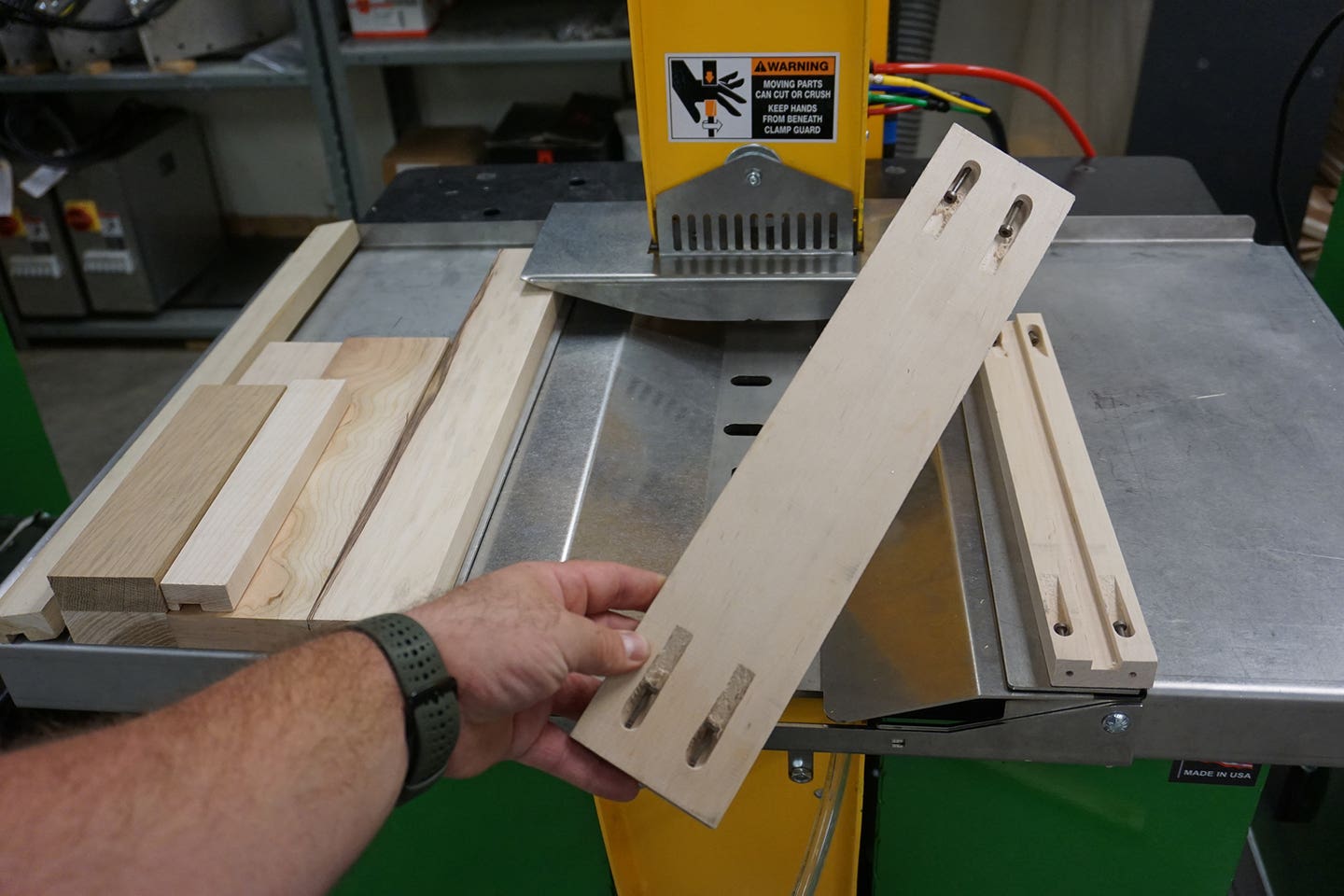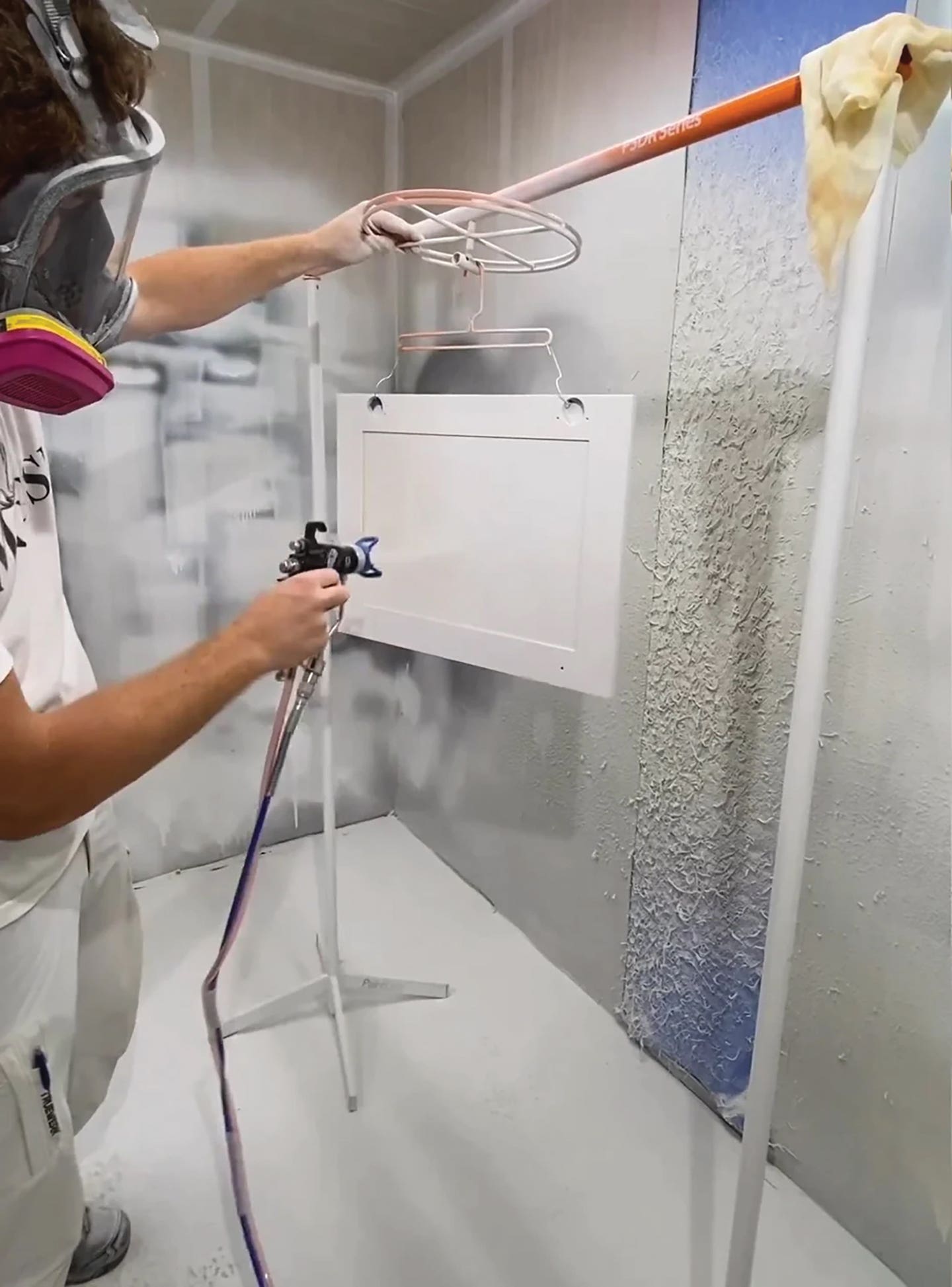Learning to love lasers
For decades, we’ve seen examples of engraved photos and other artwork done by lasers. And while ad-specialty manufacturers have put these machines to good use, most commercial woodshops don’t really…
For decades, we’ve seen examples of engraved photos and other artwork done by lasers. And while ad-specialty manufacturers have put these machines to good use, most commercial woodshops don’t really have a need for engraving. If it occasionally comes up, they can outsource it. And there’s not much use for the machine other than burning designs, right?
Well, actually there is. In fact, shops that invest in one of today’s new generation of lasers are finding a whole array of tasks for it — uses that improve their product quality and also save time and money. For example, a laser can cut an exceptionally accurate template in thin plywood that can then be used with a bearing-guided flush-cut bit in a router to produce exact parts. If only a handful of such components are required every now and then, it’s often quicker to mill them on a router table than to fire up the CNC.
Some of today’s more powerful lasers can cut right through wood or plywood, so they can be used to create detailed, intricate and precise furniture parts. This isn’t just restricted to trellis or fretwork. They can, for example, cut accurately placed decorative holes through the curved backrests of chairs.
Some art furniture shops are using lasers to accurately lay out joinery. This is a marriage of state-of-the-art technology to age-old skill. A series of exposed, hand-cut mortises can be scribed perfectly by a laser beam that essentially scores through a layer of veneer. In solid woods, the scribed line can be burned into the wood about 1/8”. The rest of the mortise can then be evacuated the old-fashioned way with chisels and the end result is a void with perfect edges.
Lasers are also being used to locate and set inlays in furniture. The speed of newer carriages means that this process can be completed in a fraction of the time it used to take to lay out and chop shallow pockets by hand and the accuracy is incomparable.
Using these machines for cutting parts and engraving designs or burning scribe marks and patterns allows a smaller shop to attain a level of precision and accuracy undreamed of just a few years ago when a sharp pencil or a scoring knife were the only options.
Learning about lasers
Woodworkers who are familiar with CNC technology have no difficulty understanding the concept of an in-house laser. Just replace the router bit with an intense and concentrated light beam that burns instead of cuts.
Lasers are measured according to their power (wattage), resolution (the diameter of the light beam, which is expressed in printing terms as dots per inch or dpi) and material-handling ability (the physical capacity of the table). Some tables are open-ended, so parts are only limited in width, but not in length. This is especially useful for furniture builders, as long parts such as legs and stiles can be machined for banding, inlays and joinery scribes.
Peter Pihos, a furniture maker in Cumberland, Md., has been running his own lasers for the last 12 years (www.lasersandwoodworking.com). He uses the machines to work on in-house projects and also hires out to other local woodshops. Pihos offers classes in laser operation for shops that are new to the game. These are designed for shops that are both looking at the potential of an in-house laser and those who have recently made the commitment. They cover such topics as working with different species, the effects of lasers on various finishes (a lot of engraving is done on finished wood) and how to engrave on curved surfaces. Pilos also covers jig and template building, which is rapidly becoming a large part of what a small laser can do for casework and furniture shops.
Beyond third-party courses, there are several other support systems for shops interested in getting into lasers. Most manufacturers encourage new customers to interact with current owners. This can take the form of clubs, online associations, special-interest groups, social media pages, blogs, chat rooms and other forums. Being able to discuss specific topics with other shops really takes the edge off the learning process.
Most companies also offer direct support during setup and initial cuts. Shops that already use a computer for cabinet or parts design should be up and running almost immediately. Most lasers use the same CAD programs used in kitchen-design packages. The trickiest part of the learning curve is working out appropriate travel speeds for the head and the correct level of power for the laser. This process is very much like learning how fast to run a router motor and how much depth of cut to set for each pass. The laser will almost always come with charts or software that suggests optimum settings for various materials. Many lasers have settings for engraving in raster mode, cutting in vector mode and a combination setting for projects that require a bit of both, such as 3-D carving.
If the woodshop is running a Mac rather than a PC, be sure to bring this up early in the conversation with a salesperson. Many laser engravers are not compatible across both platforms. And, within your platform, be sure the operating system is a new enough version: it might actually be less expensive to buy a new computer than to update to the latest versions of some systems. Lasers generally don’t use a whole lot of RAM, so a smaller (as in less expensive) memory can suffice.
The money angle
Like table saws, lasers come in a huge range of prices. And while saws run the gamut from a hobbyist/contractor unit to ones with fully automated sliding beds, the most defining factor with laser prices is just size. The more powerful the beam and the larger the worktable, the more the machine will probably cost. Speed is important, too. Cost can vary quite a bit depending on whether the head is being moved by stepper or servo motors. The huge range of laser wattage and table sizes means that there are some affordable models at the lower end. They might take a little longer to operate and probably won’t burn as deeply as larger models. They certainly won’t move as quickly, so have a long conversation with the dealer before committing to a model. It’s important for you to know the limits of the machine and for your salesperson to fully understand what you expect the laser to do. If the right model is just a little bit beyond the shop’s budget, virtually every supplier has some version of a lease available. In many cases this might actually be a smarter decision than buying because it opens the door to upgrading as the woodshop learns more.
Every woodshop has slow periods and investing in a laser has the potential to ease that pain. For example, working with an ad-specialty supplier can help keep cash flowing in the leaner months, as items produced for this market can often be warehoused. Advertising specialties are basically the freebies given out at trade shows. These are small gifts that carry a company logo or other form of identity such as a slogan or catchphrase or an image of a character such as Joe Camel or the Keebler Elves. The Advertising Specialties Institute in Trevose, Pa., (www.asicentral.com) has a wealth of information on either becoming an ad specialty manufacturer, or supplying services to existing members. A shop can build blank wood products such as plaques, small boxes, photo frames or even key rings between casework jobs. These can then be laser-engraved with a custom message when a customer needs them. The process not only puts the laser to work, it can often use up the scrap pile, too, as most ad-specialty items are rather small.
Final thoughts
There has been some discussion of late about it being unsafe to use lasers to cut or engrave some materials. This is true. For example, vinyl chloride, which is an element of some plastics and PVC, can actually damage some machines. Read the instructions and if there is any doubt, ask the manufacturer before running the material.
Fire is actually a negligible issue as long as one follows the manufacturer’s guidelines. There are exceptions: in February, the Salt Lake Tribune reported that a woodshop in Box Elder County, Utah, was burned to the ground when workers set their laser on automatic pilot while they left the shop for a while. Nobody was hurt.
The bottom line on lasers is that they have come a long way lately. The discussion groups online have discovered myriad ways to use lasers in the woodshop because they can cut as well as engrave. There are ways to mitigate the up-front investment and a laser can be a very reliable source of new income for an established woodshop. Plus, keep this in mind when comparing the investment to the cost of, say, a new CNC router — you’ll never have to sharpen the cutter.
This article originally appeared in the July 2014 issue.


